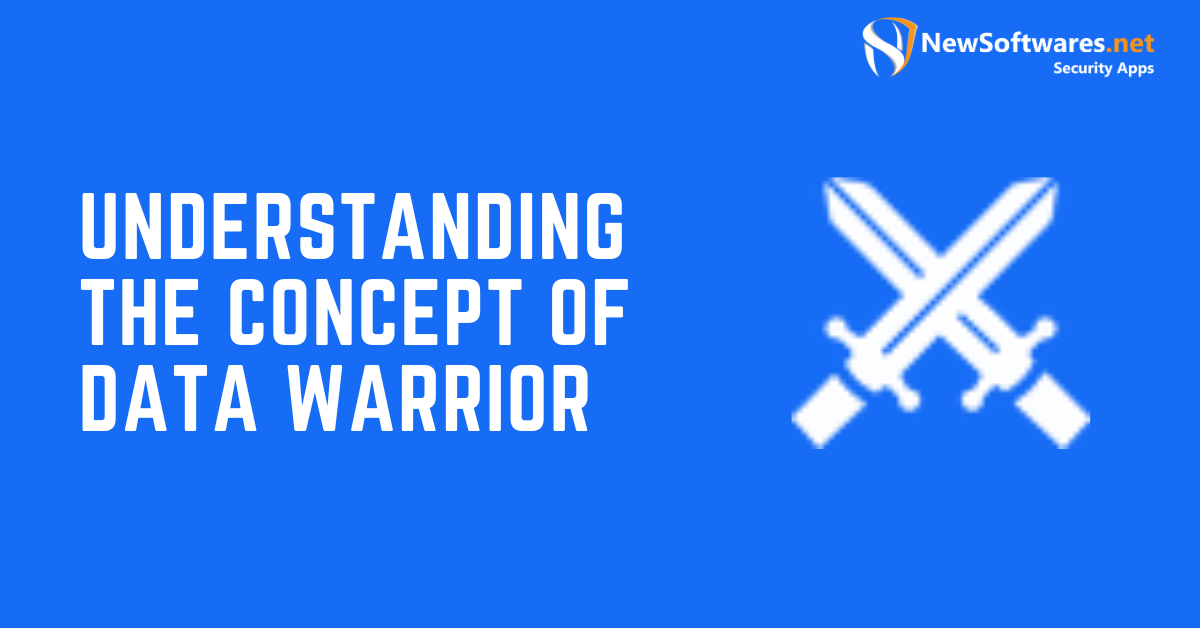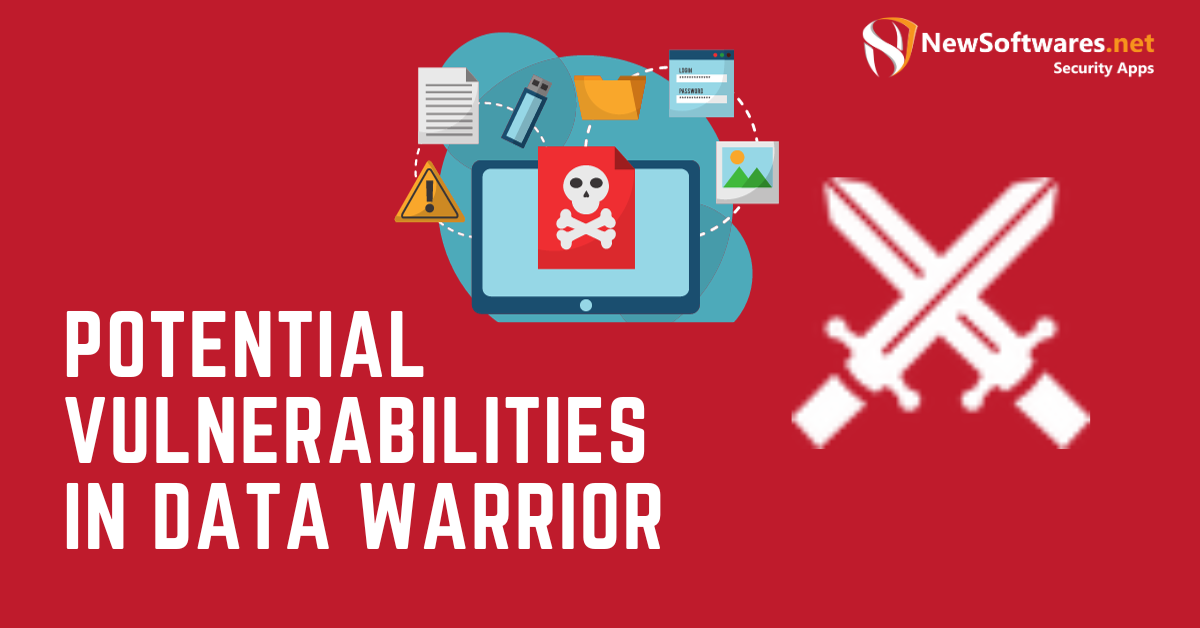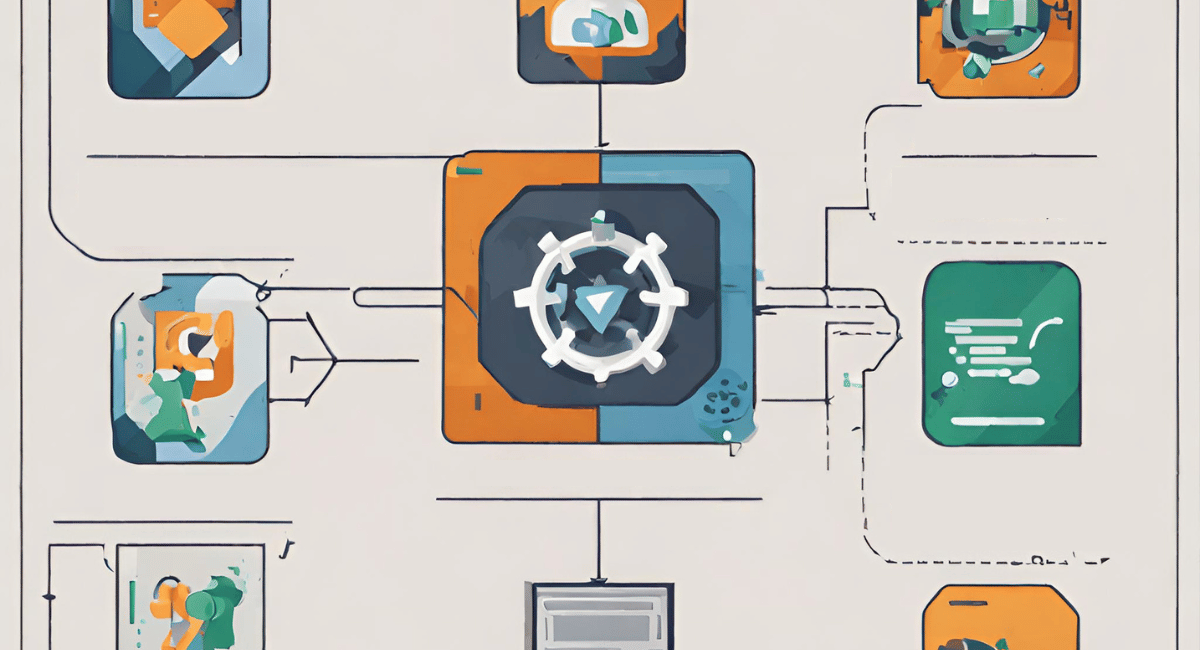Data Warrior” offers robust security features, including strong encryption, multiple protection measures, user authentication, and granular access controls. However, like all software, it may have vulnerabilities due to software bugs, glitches, and human errors. While “Data Warrior” provides comprehensive data security measures, it’s essential for organizations to stay updated, implement regular patches, and follow best practices to maximize its security capabilities.
In today’s digital age, where data breaches and cyber-attacks are attractive and progressively common, ensuring the security of our sensitive information has become paramount. One tool that has gained significant attention in recent years is “Data Warrior.” We will delve deeper into the “Data Warrior” concept, analyze its security features and potential vulnerabilities, compare it to other data security tools, and explore ways to enhance its security.
Understanding the Concept of “Data Warrior”

Before we explore the security aspects of “Data Warrior,” let’s first define what it entails. In simple terms, a “Data Warrior” can be described as an individual or tool responsible for safeguarding and managing data in an organization. This role involves protecting data from unauthorized access and ensuring its integrity and availability when needed.
As technology advances and governments increasingly rely on data, the need for skilled professionals to effectively manage and secure this valuable asset has become paramount. This is where the “Data Warrior” concept comes into play.
Defining “Data Warrior”
A “Data Warrior,” as the name suggests, possesses the expertise and knowledge to navigate the complex world of data management and security. They are well-versed in various data protection techniques, compliance regulations, and industry best practices. This ensures that sensitive information remains safe from external threats and internal vulnerabilities.
These individuals or tools are responsible for implementing security measures and play a dynamic role in developing and maintaining a robust data management framework. They work closely with other stakeholders, such as data analysts, administrators, and legal teams, to ensure proper data governance and compliance.
One of the key responsibilities of a Data Warrior is data classification. They are responsible for categorizing data based on its sensitivity and importance. This classification helps in determining the appropriate security measures that need to be executed to protect the data.
Access control is another critical aspect of a Data Warrior’s role. They are tasked with defining and implementing access policies that determine who can access certain data and what level of access they have. By carefully managing access permissions, Data Warriors ensures that only authorized individuals can view and modify sensitive information.
The Role of a Data Warrior in Data Management
When it comes to data management, the role of a Data Warrior extends beyond basic security measures. They work closely with other stakeholders, such as data analysts, administrators, and legal teams, to ensure proper data governance and compliance. Their duties may include data backup, disaster recovery planning, and conducting security audits.
Data backup is a crucial aspect of data management, and Data Warriors are responsible for implementing and maintaining effective backup strategies. This ensures that critical information can be recovered during data loss or system failure, and business operations can resume without significant disruption.
In addition to data backup, Data Warriors are also involved in disaster recovery planning. They develop and implement strategies to minimize the influence of unforeseen events, such as natural disasters or cyberattacks, on data availability and integrity. Organizations can quickly recover from disruptions and continue their operations by having well-defined disaster recovery plans.
Security audits are another important responsibility of a Data Warrior. They regularly assess the effectiveness of existing security measures and identify any vulnerabilities or weaknesses in the system. By conducting thorough audits, Data Warriors can proactively address security issues and ensure that data remains protected.
In conclusion, the role of a Data Warrior is multifaceted and essential in today’s data-driven world. They are responsible for implementing robust security measures and play a crucial role in data governance, compliance, and disaster recovery planning. Organizations can safeguard their data and ensure its availability and integrity by having skilled Data Warriors in place.
Analyzing the Security Features of “Data Warrior”
Now that we have a basic understanding of what “Data Warrior” entails let’s examine some of its core security features.
When protecting sensitive information, “Data Warrior” goes above and beyond with its robust data encryption capabilities. Encryption plays a crucial role in safeguarding data from unauthorized access, and “Data Warrior” excels in this area. It employs strong encryption algorithms and ensures proper key management, guaranteeing that it remains secure and unreadable even if data falls into the wrong hands.
In addition to encryption, “Data Warrior” offers a wide range of protection measures to fortify data against potential threats and vulnerabilities. These measures include access controls, firewalls, and secure data transmission protocols. By implementing multiple layers of security, “Data Warrior” ensures that data is shielded from unauthorized access, malicious attacks, and data breaches.
But “Data Warrior” doesn’t stop there. It understands that data security goes beyond encryption and protection measures. User authentication and access control are also crucial aspects of data security, and “Data Warrior” also excels in these areas.
With “Data Warrior,” organizations can implement multi-factor authentication, safeguarding that only authorized individuals can access critical data. This additional layer of security enhances an extra barrier against unauthorized access, making it significantly more challenging for malicious actors to breach the system.
Moreover, “Data Warrior” provides granular access controls, allowing organizations to define precisely who can view, edit, or delete specific data elements. This level of control ensures that sensitive information is only accessible to those who need it, decreasing the risk of accidental or intentional data leaks.
In conclusion, “Data Warrior” is a comprehensive data security solution that offers robust encryption, multiple protection measures, user authentication, and granular access controls. By implementing these advanced security features, “Data Warrior” provides organizations with the peace of mind that their data is secure and protected from potential threats.
Potential Vulnerabilities in “Data Warrior”

While “Data Warrior” offers robust security features, no software is immune to vulnerabilities. It is essential to be aware of potential weaknesses to mitigate risks better.
Regarding software vulnerabilities, one of the primary concerns is the presence of software bugs and glitches. Like any other software, “Data Warrior” can be susceptible to coding errors that can inadvertently create security loopholes. Attackers can exploit these vulnerabilities to access sensitive data illegally or compromise the system’s integrity. Continuous monitoring, regular updates, and prompt patching of identified vulnerabilities are crucial to address this concern. By staying vigilant and proactive in addressing software bugs and glitches, the overall security of “Data Warrior” can be significantly enhanced.
Software Bugs and Glitches
Software bugs and glitches can manifest in various ways, such as buffer overflows, input validation errors, or insecure coding practices. These coding errors can lead to unexpected behaviors or system crashes, allowing attackers to exploit the system. To mitigate the risks associated with software bugs and glitches, developers of “Data Warrior” must follow secure coding practices, conduct thorough testing, and implement robust error-handling mechanisms. Also, establishing a bug bounty program can incentivize security researchers to report vulnerabilities, enabling the development team to address them promptly.
Furthermore, having a well-defined incident response plan can help organizations respond effectively to any security incidents resulting from software bugs and glitches. This plan should contain procedures for identifying, containing, and remedying the vulnerabilities and communicating with affected users or stakeholders.
Potential for Human Error
While “Data Warrior” may have robust security measures in place, the potential for human error remains a significant risk factor. Even with the most advanced technologies, individuals using or managing the software can inadvertently introduce vulnerabilities.
One common example of human-related vulnerabilities is the mishandling of sensitive data. This can occur when users fail to follow proper data handling procedures, such as encrypting files or securely disposing of physical media. Additionally, weak passwords or password reuse can make it easier for attackers to gain illegal access to the system. To address these concerns, organizations should implement strict data handling policies, enforce strong password requirements, and regularly educate users on best practices for data security.
Another potential human-related vulnerability is the accidental granting of excessive privileges. This can happen when administrators or users mistakenly assign access rights beyond what is necessary for their roles or responsibilities. Attackers can exploit these privileges to escalate access and carry out malicious activities. To mitigate this risk, organizations should implement the principle of least privilege, ensuring that users and administrators only have the necessary access rights to perform their tasks. Regular access reviews and audits can help identify and rectify any instances of excessive privileges.
Regular training and awareness programs are vital to educate users about human-related vulnerabilities’ potential risks and consequences. By developing a culture of security awareness, organizations can empower their employees to make informed decisions and contribute to the overall security of “Data Warrior.
Comparing “Data Warrior” to Other Data Security Tools
Now, let’s compare “Data Warrior” with other data security tools available in the market. Understanding its strengths and weaknesses can help determine the best solution for specific security needs.
Strengths and Weaknesses of “Data Warrior”
“Data Warrior” boasts several strengths, such as its robust encryption capabilities, comprehensive access controls, and integration with other security tools. However, it may have limitations regarding scalability, compatibility with legacy systems, and the learning curve associated with its implementation. Analyzing these factors is crucial in determining its suitability for different organizations.
How Other Tools Measure Up?
Several other data security tools are on the market, each with unique features and approaches. Comparing “Data Warrior” with these alternatives can provide insights into the best solution for specific security requirements. Cost, ease of implementation, scalability, and support should be carefully evaluated to make an informed decision.
Enhancing the Security of “Data Warrior”
While “Data Warrior” offers robust security features, there are further steps that organizations can take to enhance their overall security.
Regular Updates and Patches

Ensuring that “Data Warrior” is updated with the latest security covers and updates is critical. Regular updates address newly discovered vulnerabilities and provide improved security measures. Organizations should establish a consistent patch management process to minimize the dangers associated with outdated software.
Best Practices for Users
Human factors can significantly impact the effectiveness of any security tool, including “Data Warrior.” Educating users about best practices, such as strong password management, avoiding suspicious links, and regular system scans, can help create a proactive security culture. Regular security awareness training sessions can serve as a reminder of the importance of data security.
Key Takeaways
- The security of any product or service should be researched thoroughly.
- User reviews can provide insights into potential vulnerabilities.
- Third-party evaluations or certifications enhance trustworthiness.
- Always ensure regular updates to address potential security gaps.
- Adopt additional security measures to reinforce any inherent security features.
FAQs
Q: What is Data Warrior?
A: Without article content, it’s assumed to be a product or service; specific details would be needed for a definitive answer.
Q: How can I ensure a product or service is secure?
A: Research its security features, look for third-party certifications, and check user reviews.
Q: Are user reviews reliable for determining security?
A: They provide real-world experiences, but consulting expert evaluations are also essential.
Q: How do third-party evaluations help?
A: They offer unbiased assessments of a product’s security features and potential vulnerabilities.
Q: Can I add my security measures to products or services?
A: Yes, often it’s beneficial to layer additional security measures based on specific needs.
Conclusion
In conclusion, while “Data Warrior” offers robust security features, no tool can guarantee complete security. Understanding the concept, analyzing its features, identifying potential vulnerabilities, and comparing it with other options is essential. By taking additional steps and adhering to best practices, organizations can enhance the security provided by “Data Warrior” and ensure the safety of their valuable data.
